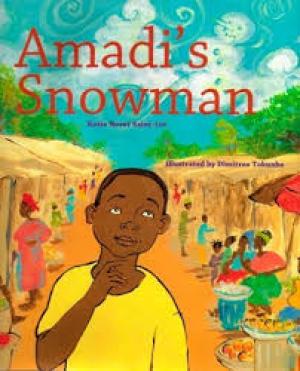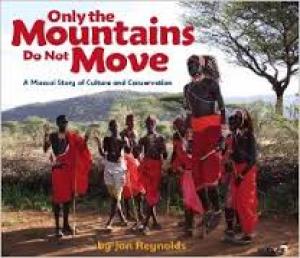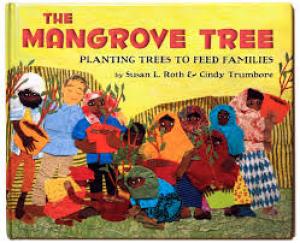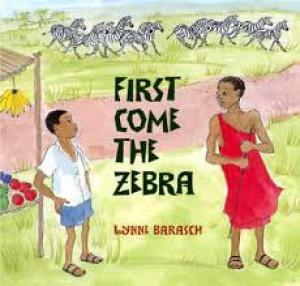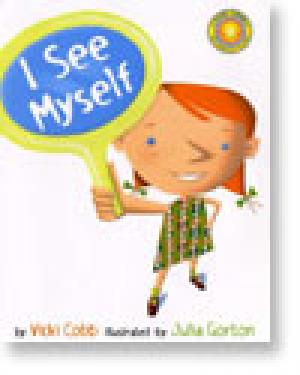Product Description: Bernardi lives with his grandfather, Babu, who supports them by making toys. Bernardi wishes he could go to school, but they can't afford it.
"Amadi, an Igbo boy in sun-drenched Nigeria, sees no point in learning to read, until he sees a picture of a snowman in a book and is curious to find out more.
"Mama Panya and her son, Adika, are all ready for market day where Mama is planning on using her few coins to buy the ingredients to make pancakes for dinner. Adika is so excited that he can't help inviting all of their friends and neighbors.
Product Description: For hundreds of years the Maasai have moved with their herds of cattle and goats across thousands of miles in Kenya and Tanzania. Today the Maasai face new challenges.
"This moving depiction of ecological innovation centers on a project spearheaded by Dr. Gordon Sato to plant mangrove trees, which grow easily in salt water, in the village of Hargigo in the impoverished African nation of Eritrea.
Product Description: One day when Abaani, a Maasai boy, takes his family's cattle out to graze, he is surprised to see a Kikuyu boy, Haki, tending a new fruit and vegetable stall alongside the road.


